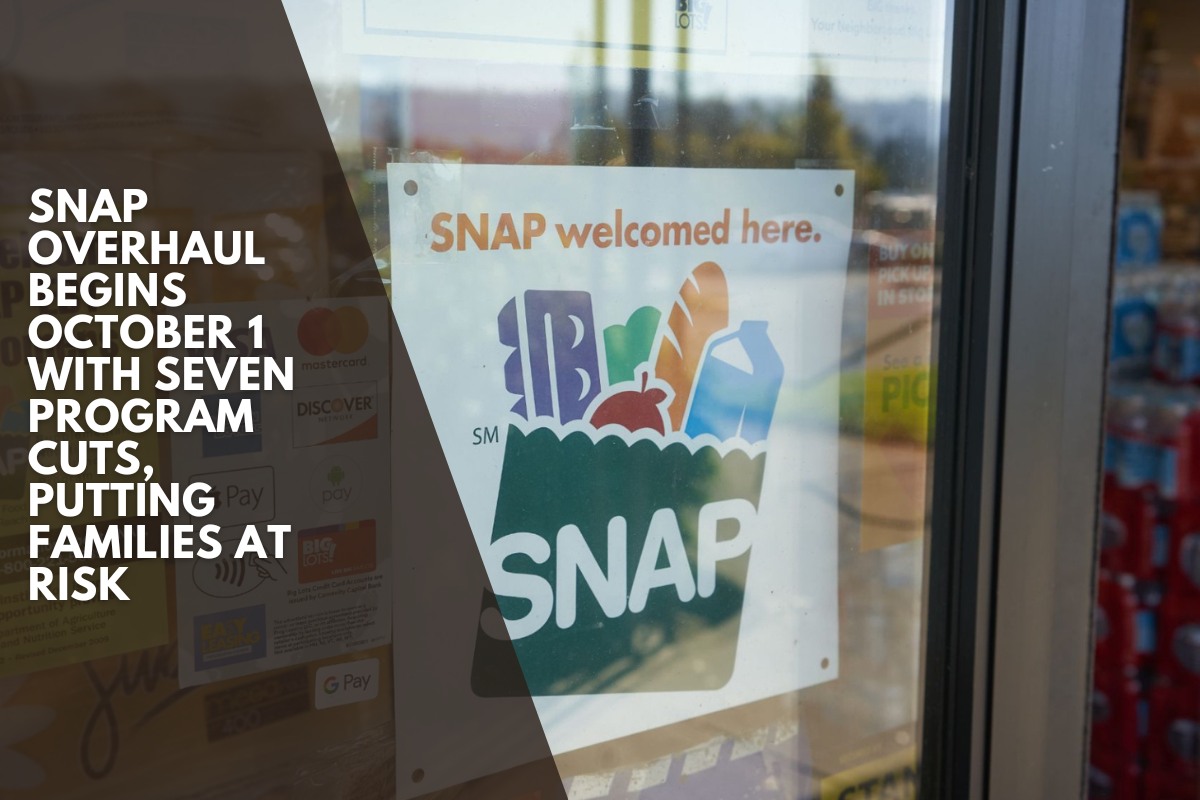As we approach the end of 2025, retirees and Social Security beneficiaries are anticipating a welcome increase in their monthly income.
The Social Security Administration has implemented the long-awaited Cost-of-Living Adjustment (COLA), which aims to alleviate the burden of rising costs. However, before you celebrate, keep in mind that not all of the increase may be yours. Here is why.
The promised COLA and its limitations
Every year, federal officials examine inflation trends using the Consumer Price Index for Urban Wage Earners and Clerical Workers (CPI-W) to determine whether a COLA is required to maintain beneficiaries’ purchasing power.
This year’s signal is clear: a raise is on the way. That’s good news, but there’s a catch: you may not see the entire increase in your bank account. Some of it may be eaten up by healthcare expenses, taxes, or other deductions.
Indeed, while the COLA is expected to raise checks by an estimated 2.7%, this increase may be partially offset by higher Medicare premiums, particularly Part B, which is expected to rise by 11.6%, wiping out nearly 40% of the COLA for many seniors.
Why the extra money might not feel like much relief
What’s behind this seeming mismatch between expected increase and actual take-home pay? There are several factors at play:
Higher Medicare costs: If you’re enrolled in Medicare Part B, the rising premium will be deducted directly from your benefit, cutting into the COLA increase
Tax withholdings and other deductions: For some, additional charges, whether for Medicare Part D, supplemental insurance, or taxes, can further reduce net payout
Limited COLA impact: Even a 2.7% bump can feel insufficient given persistent inflation, especially when essential goods and housing costs continue to climb
What’s fueling the COLA, and what falls short?
To understand why the raise may appear insufficient, we must examine how inflation is measured and its limitations.
The CPI-W primarily represents prices for urban workers, not older populations. Senior advocates argue that it does not adequately account for categories such as healthcare and housing, which are more important in retiree budgets.
According to the Senior Citizens League, 94% of survey respondents “felt the 2025 COLA of 2.5 percent was too low and that their benefits grow more slowly than inflation.”
External pressures such as tariffs and supply chain disruptions add to the complexity. “You could make the case that tariffs are likely to drive up inflation more than Social Security COLA actually rises or can cover,” Mary Johnson, an analyst, said.
Weather events, labor shortages, and even changes in the Bureau of Labor Statistics’ staffing may all have an impact on how inflation is measured, and thus the COLA formula.
Preparing and planning ahead
While a COLA is on its way, its effectiveness depends on individual circumstances. Here’s what retirees should keep in mind:
Those not yet enrolled in Medicare or whose premiums remain stable are better positioned to enjoy more of the raise
For beneficiaries with higher deductions, budgeting for increased healthcare and other costs may be necessary.
Monitor your SSA account or mail notifications to confirm the actual COLA amount and understand the breakdown of deductions.












